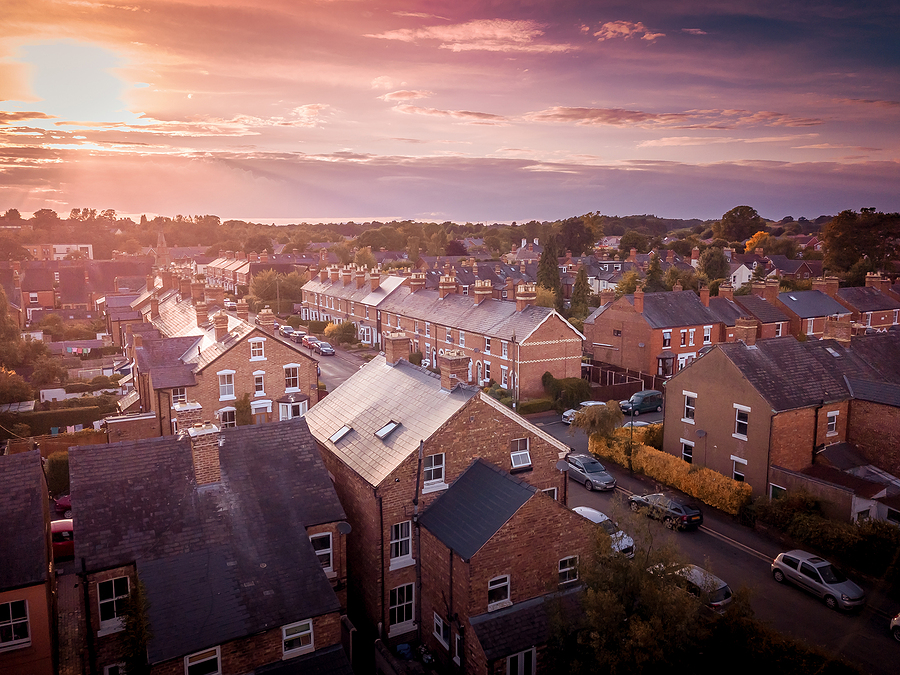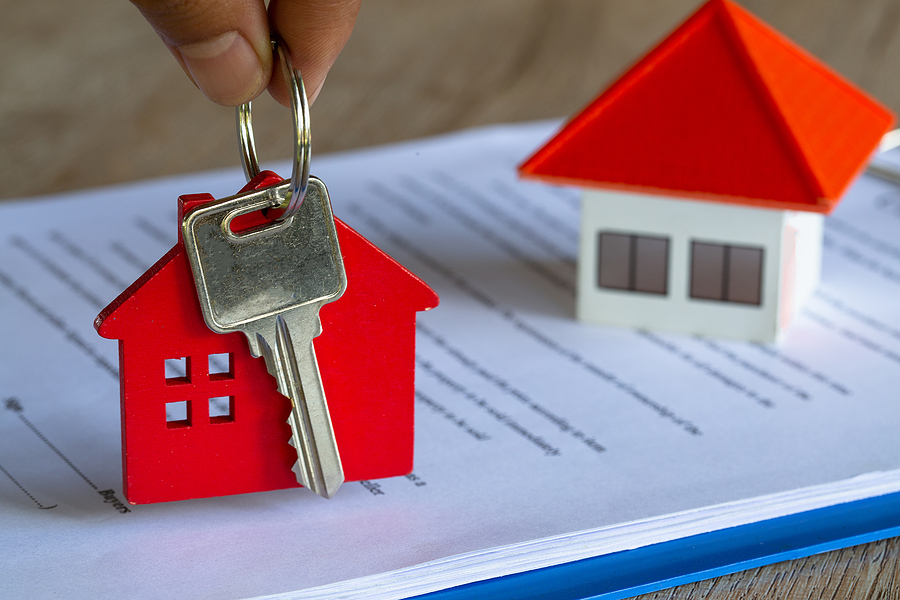With the fast pace of the property market, buyers are keen to look anywhere they need to for the best deal and will get in touch with estate agents in their local area to try and find the home of their dreams.
In a few rare yet tragic occasions, a buyer might well find that perfect home, go through the process of making an offer and get their financial paperwork sorted with a mortgage provider, only for the lender to turn around and tell them that the home is “unfinanceable”.
This effectively means that the lender will refuse to lend money towards it, leading buyers to seek out more risky sources of funding or buy directly with cash.
There are quite a few reasons why a home might be unfinanceable, but they generally revolve around the lender’s ability to sell a property in the unlikely event a buyer defaults on it. They tend to be either legal or physical risks involving the property in question.
The most common group of reasons is some kind of major issue with the property. Not all unfinanceable homes are necessarily uninhabitable, but it could mean that a survey or conveyancing effort has revealed a significant problem with the property, one that might not even be obvious.
Sometimes lenders will refuse to provide a mortgage on a property lacking features deemed essential, such as a kitchen, bathroom or central heating system.
Alternatively, a building with a non-standard construction such as using corrugated iron, thatched roofing or certain cladding types has become difficult to get financing for.
The other main group of reasons relate to potential legal issues which would make it hard, if not impossible, to sell the property. These include unauthorised construction works, no registration with the land registry, or a property that is commercial or part-commercial, such as a shop with housing above it.





